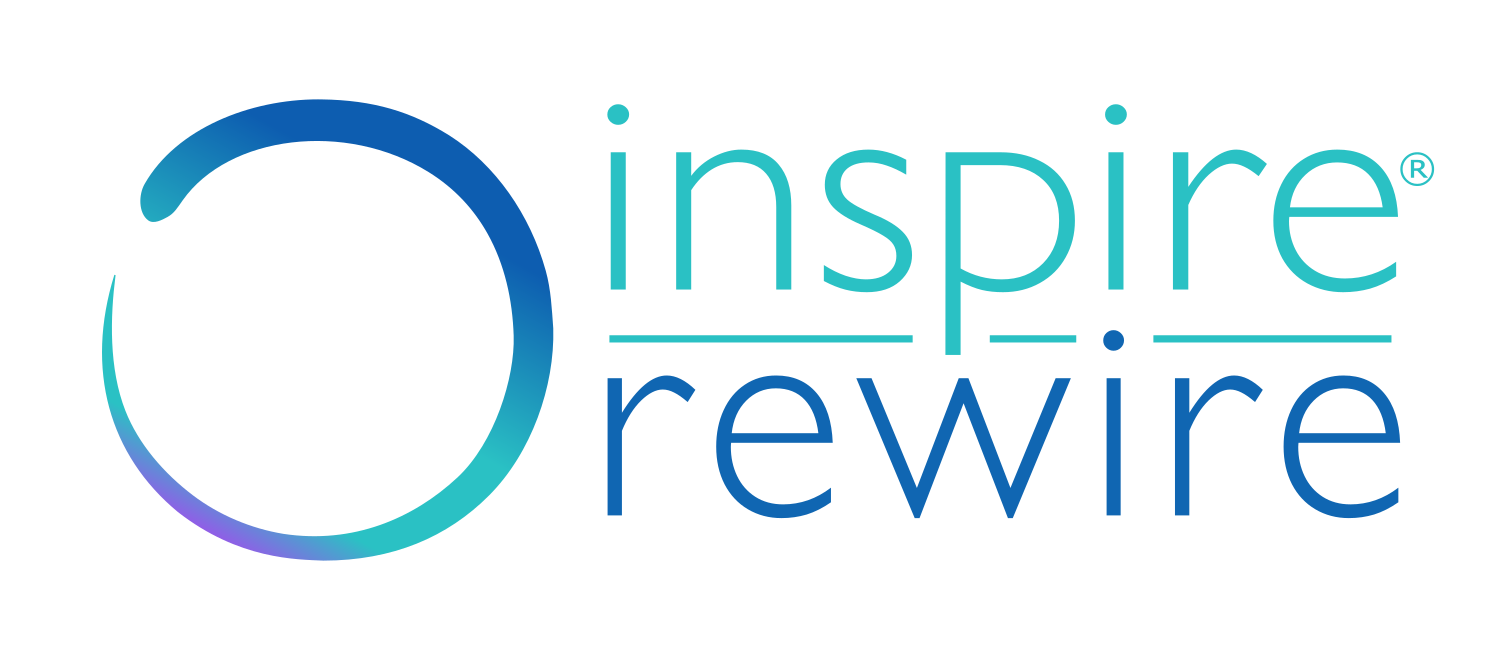I would describe Reiki as being wrapped in a warm blanket, sitting by the fire with a cup of hot chocolate after being outside on a winter’s day.
Sometimes we just need a little pick-me-up to get back in the game of life, to send our spiral upwards, or more often we need nurturing in times of upheaval or stress. There are so many types of healing therapies, just like there are billions of books, and this is because there are as many types of people and therefore, preferences. Different tools can support different needs depending on where we are on that spiral. A huge part of healing and subsequently, finding peace, is understanding yourself first and exploring the right combination of tools that work for you. Some of those tools could be reading a book, talking with friends, exercise or therapy.
I see Reiki as a warm hug that sends healing vibes throughout my body enabling a new perspective and energy to move forward in a positive way so I took a Reiki treatment recently because I have been very busy setting up my new business of Yoga, Hypnotherapy, Reiki and Retreats and needed some kind of TLC. I love working with the mind; talking things through, reflection and literally ‘inspiring and rewiring’ new belief systems in the journey towards peace, but sometimes I need no words, just warmth. I opt for Reiki therapy in those times when I’m not looking for discussion but looking for something that will simply rebalance my energies; whether emotional, psychological or physical, and restore that zest I need to move forward.
How does Reiki work?
Reiki was developed in 1922 by Japanese Buddhist Mikao Usui. Since its beginning in Japan, Reiki has been adapted across varying cultural traditions. It uses a technique commonly called hands-on-healing. Through the use of this technique, practitioners explain that they are transferring “universal energy” through the palms of the practitioner, while the client is fully clothed, stimulating the clients’ body’s parasympathetic nervous system, in essence it draws on the body’s own capability to heal itself. It is based on qi (“chi”), which is known as prana in Hinduism and Buddhism; the universal life force. When we are stressed our immune system breaks down, sometimes our reproductive systems halts and our nervous system is impacted, to name a few. Therefore we are less able to maintain wellness and balance. When we are well we can maintain homeostasis and be the best we can be.
A practitioner will work to the requests of the client but will also use their knowledge and intuition to be guided to additional areas. The process usually works from the head down to the feet however there are various forms of Reiki so if you experience a slightly different version don’t worry. It might be good to check first with the practitioner to understand their method.
Research in America has shown that Reiki works through a person’s biomagnetic field, producing a change in their brain wave pattern. Once the brain has switched on the body’s relaxation response, a person is able to think more clearly and make better decisions, improve their sleep pattern and restore body’s natural ability to look after itself for example by allowing the immune system and the inflammatory response to function more effectively. It also stimulates the person’s positive intention to heal which encourages the individual’s own internal healing process, much like positive intention/ mindset and how a negative mindset can cause stress and dis-ease. It has been stated that although there have been proven wellness increases, Reiki should not be a replacement for conventional treatment of diseases, but that it may be used as a supplement to standard medical treatment.
What will I feel?
Each person is different but generally you will feel a sensation in the body either all over or on specific body parts that are being worked on. You may feel hot or cold, often tingly or a slight gentle pressure such as an extra blanket has been added to that part of the body. Sometimes clients can laugh or cry because trapped energy or emotions are being released, healed or brought to the surface. This is completely natural and the practitioner will lovingly support, without pressing you with questions or discussion, unless you initiate one. For me, I have experienced all of the above depending on the area and situation. There have been times when my body has felt completely still, like I lost the need to fidget but yet I still felt tingly all over.
What should I do after Reiki?
There are no ‘do’s’ and ‘don’t’ expect to listen to what your body is telling you. Your body will be detoxifying to some extent, so be sensitive to your body’s needs to enhance the process. For example, if you feel tired, wherever possible, rest. You may not feel like a heavy meal, so eat less. Drink plenty of water, rather than any soft drinks and avoid any kind of stimulant such as coffee or alcohol. As elements are being brought to the surface, so while most of the time a person will feel uplifted by a treatment, occasionally you may experience a short-term discomfort resulting from the cleansing process e.g. headache, stomachache, tiredness, sneezing, coughing and this is part of the process. If you do experience strong emotion, be kind to yourself and remember to thank yourself for taking the time out to nurture yourself, which is required in order to nurture others. Let your light shine so bright that it helps others find their way out of the dark.




